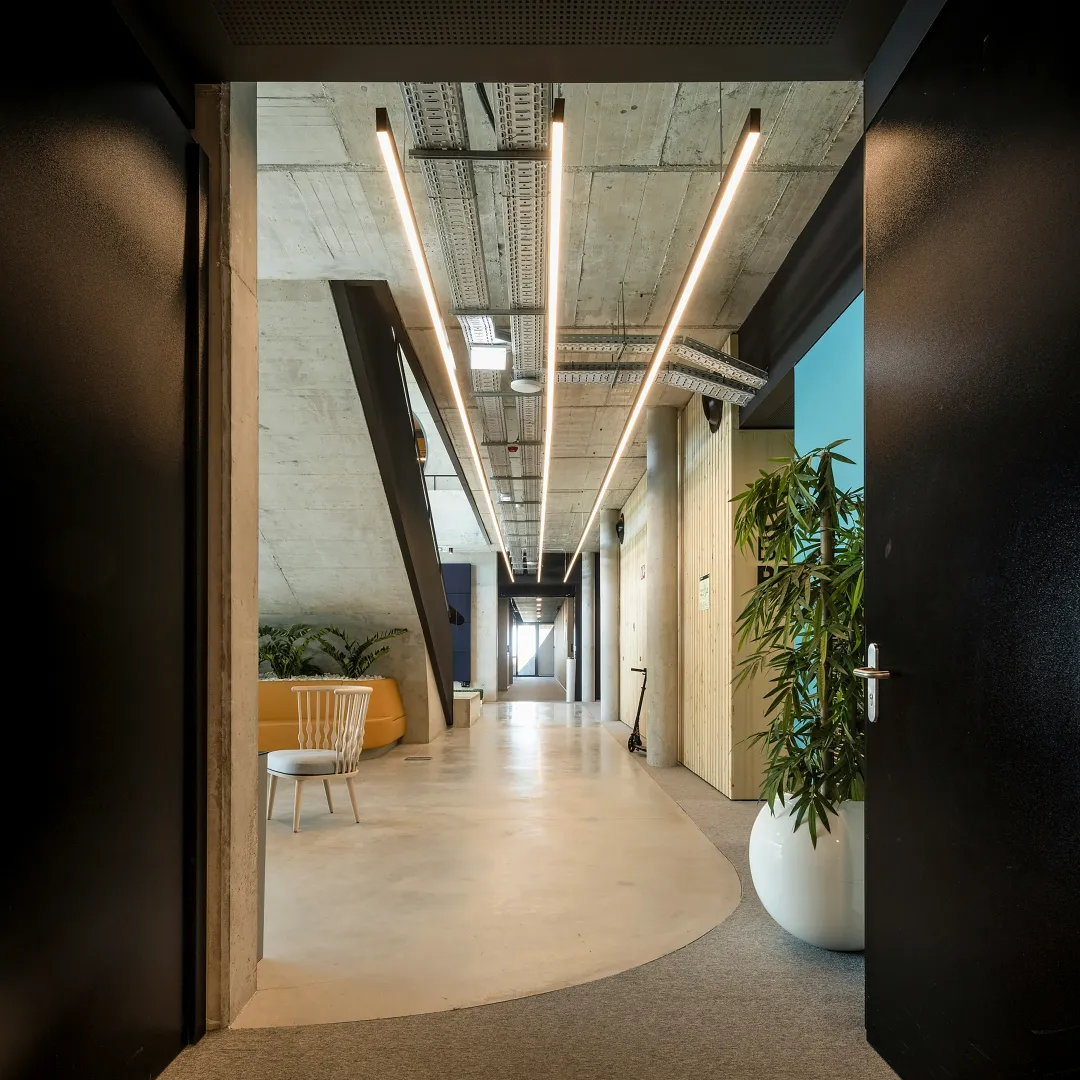Efficient Commercial Buildings
The Section 179D tax deduction allows eligible designers of energy-efficient commercial buildings to claim up to $5.00 per square foot, depending on improvements made. It benefits architects, engineers, and contractors working on government or qualifying private projects that meet specific energy efficiency standards.
What is the 179D Tax Deduction?
The 179D tax deduction is a federal incentive that allows commercial building owners and designers of government-owned buildings to deduct up to \$5.00 per square foot for installing energy-efficient systems like lighting, HVAC, and insulation. It’s designed to promote energy savings and reduce construction-related tax burdens.
How to Claim the 179D Tax Deduction Successfully?
Claiming the 179D tax deduction requires more than just installing energy-efficient systems — it demands proper documentation, third-party certification, and strategic planning. Here’s how to approach the process effectively:
1- Check Eligibility
To qualify, the project must feature improvements to HVAC, lighting, or envelope systems. This applies to both commercial owners and designers of public-sector buildings.
2- Conduct an Energy Analysis
A qualified third party must perform an energy simulation using IRS-approved software. The upgrades must meet or exceed ASHRAE’s energy efficiency standards.
3- Obtain Certification
A licensed engineer or contractor unaffiliated with the certify the analysis and confirm the improvements meet 179D requirements.
4- Maintain Thorough Documentation
Keep records of design plans, energy models, and construction details. Accurate documentation ensures a smoother claim and audit process if the IRS requests verification.
5- File Correctly
The deduction is typically claimed on IRS Form 7205 (for 2023 onward). A professional tax consultant ensures compliance with the latest IRS rules and maximizes your deductions.
This deduction amount ranges have been adjusted for inflation as follows:

2021
$0.61/sqft up to $1.82/sqft

2022
$0.63/sqft up to $1.88/sqft

2023
$2.68/sqft up to $5.36/sqft
Eligible building systems include the building envelope, interior lighting systems, heating, cooling, ventilation, and hot water system.
